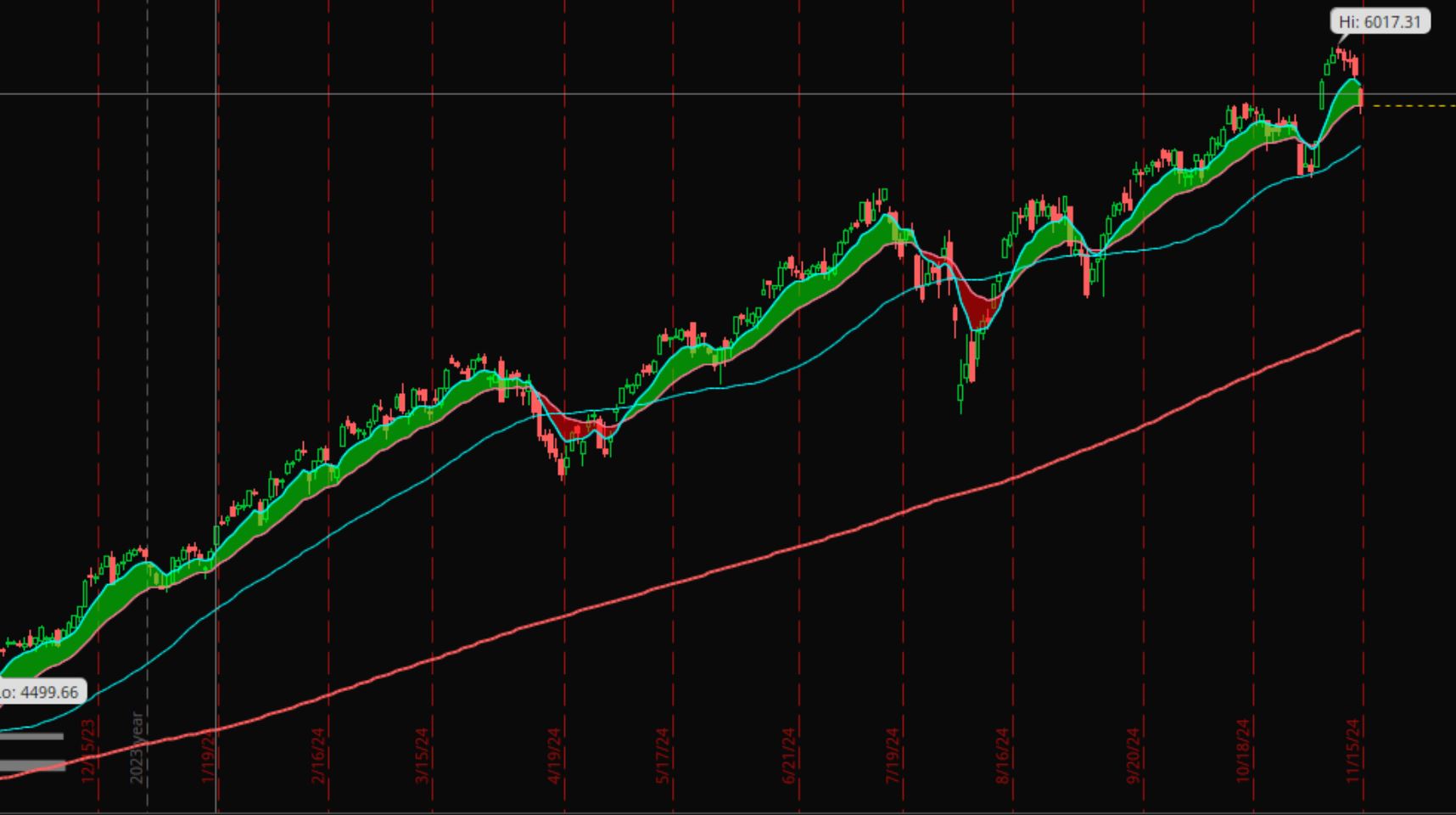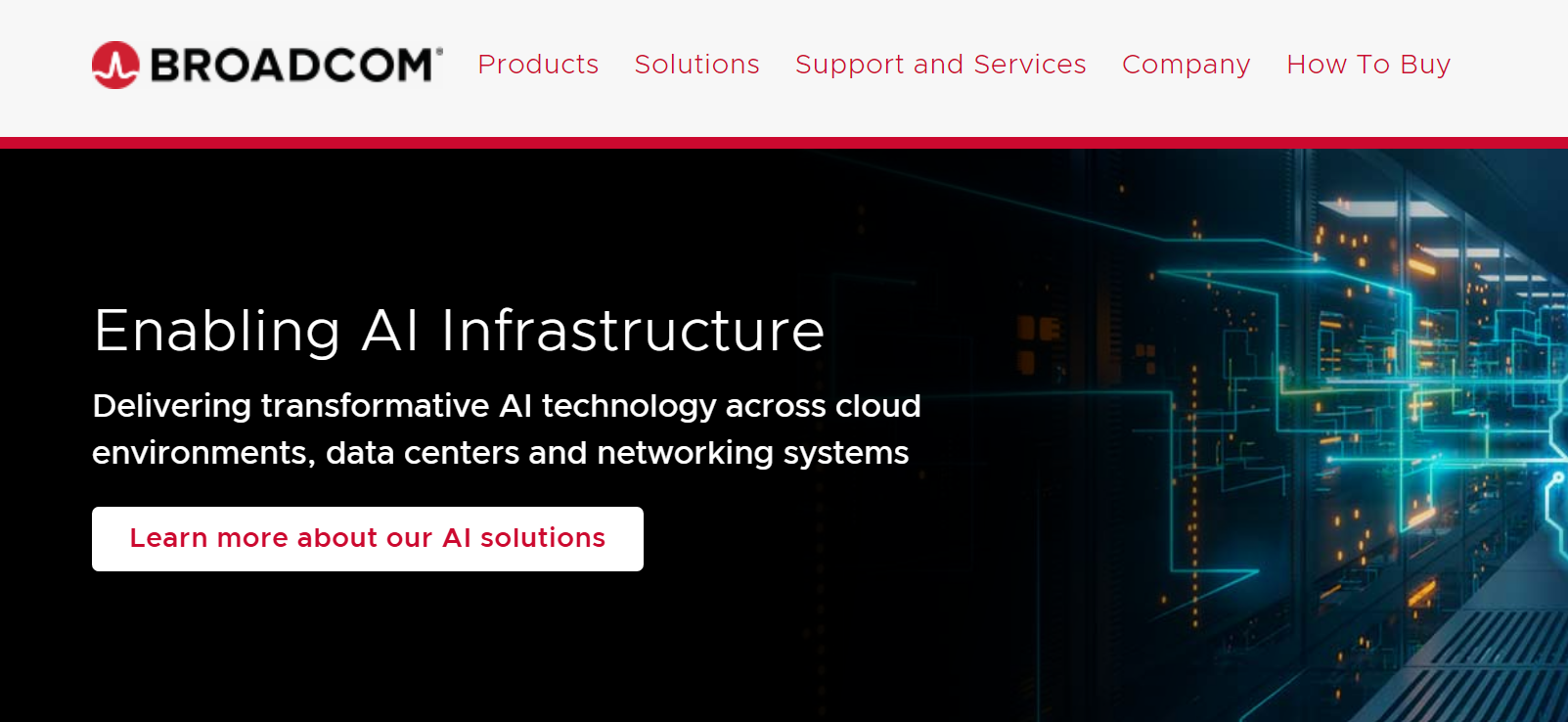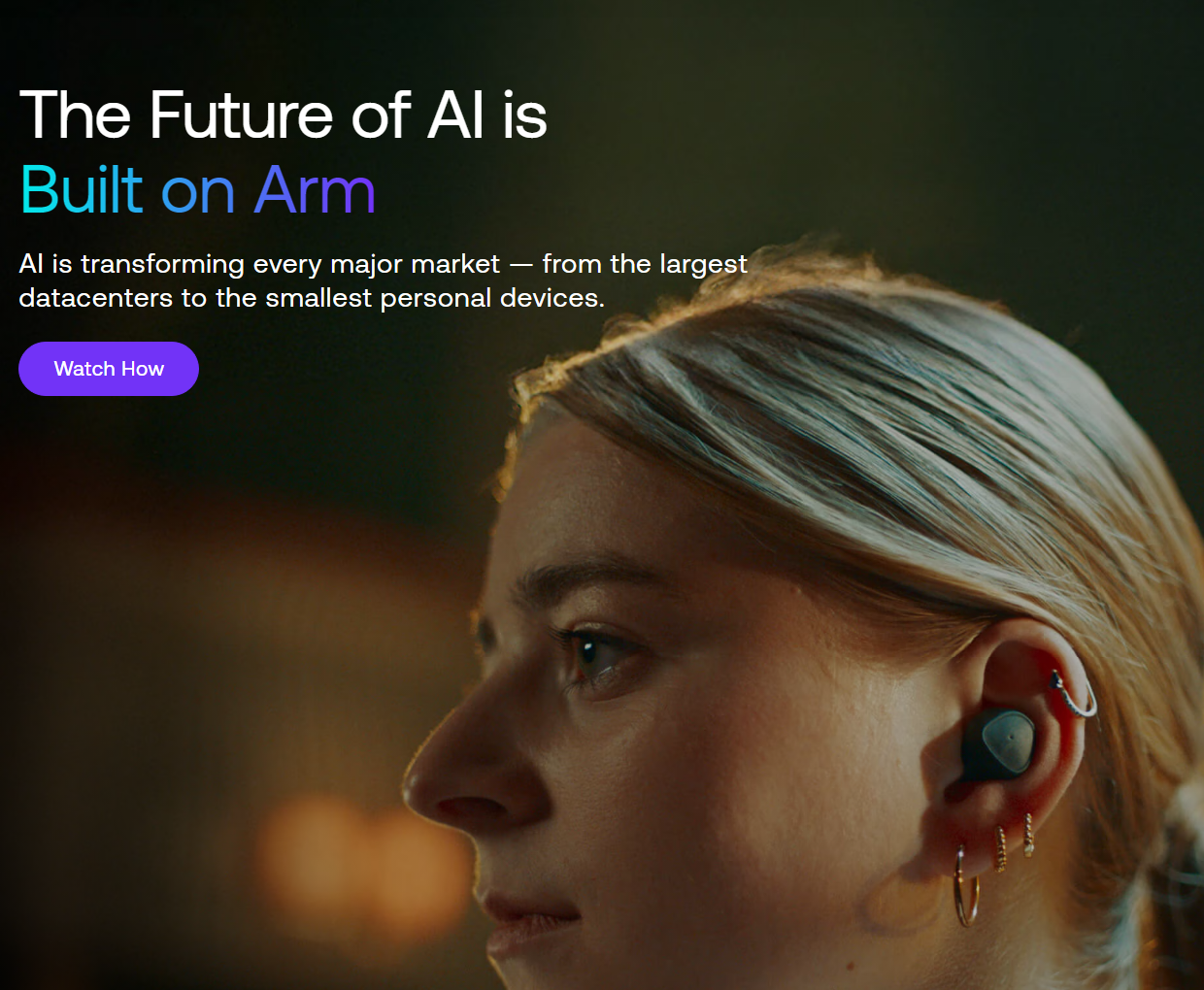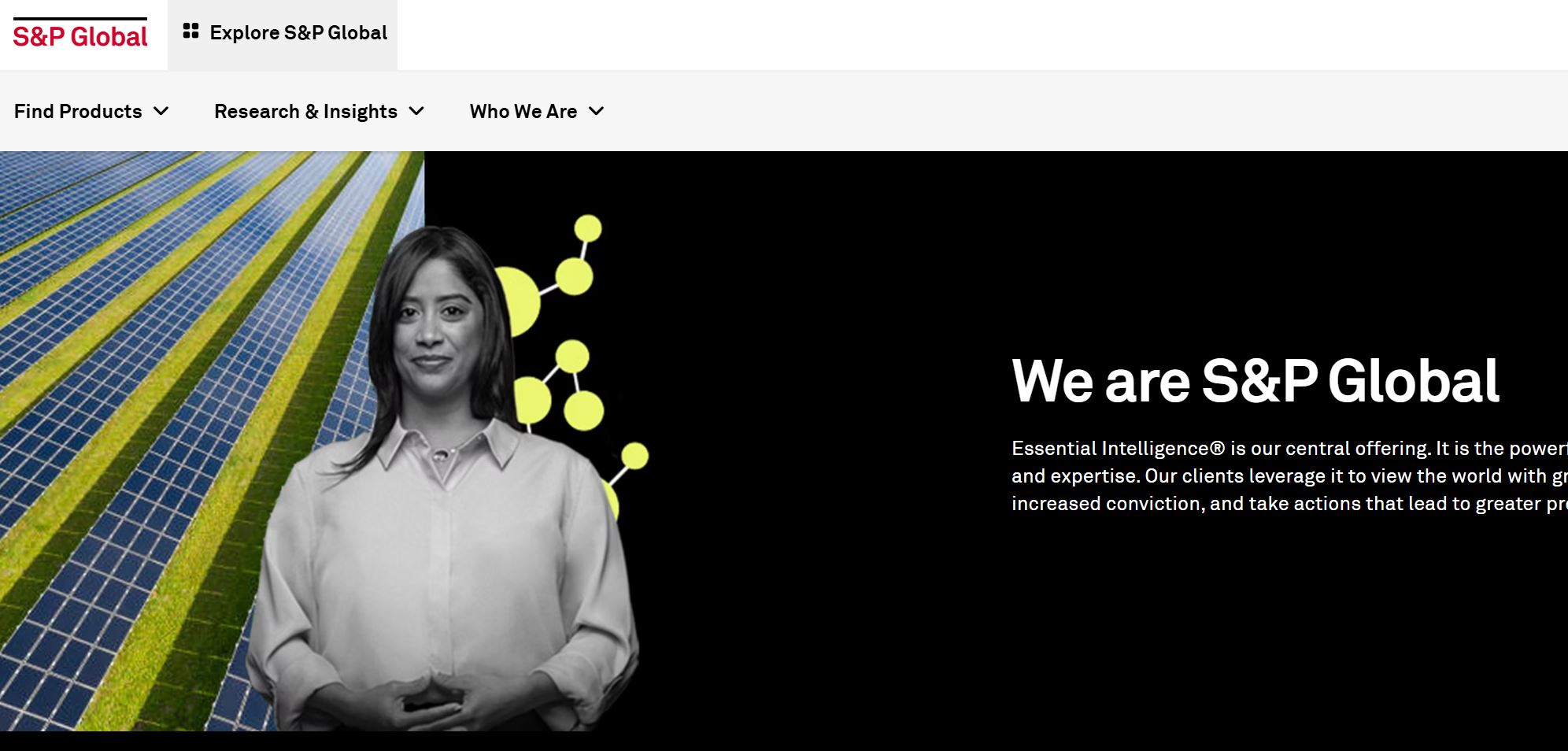In the world of cryptocurrency, there’s a special type of digital money called a stablecoin. Unlike Bitcoin or Ethereum — which bounce around in price like a yo-yo — stablecoins are designed to stay steady, usually pegged to the U.S. dollar.
But wait — if we already have cash, bank accounts, Venmo, and Zelle… what’s the point of these digital dollars?
Let’s break it down in plain English.
🪙 What Exactly Is a Stablecoin?
A stablecoin is a digital token — basically computer code — that claims to always be worth $1. It’s meant to combine the convenience of crypto with the stability of traditional money.
Some of the most common stablecoins include:
- USDC – issued by Circle, a U.S.-based company
- USDT (Tether) – the most widely used globally
- DAI – decentralized, backed by crypto instead of cash
Think of a stablecoin like a digital gift card for dollars. It works like money in the crypto world, but only keeps its value if the system behind it is trustworthy.
🤔 Why Use Stablecoins at All?
It’s a fair question. Here’s why some people and businesses choose stablecoins over traditional dollars:
✅ 1. Fast & Cheap Global Transfers
You can send stablecoins across borders in seconds, often with very low fees. It’s a game-changer for people sending money internationally.
✅ 2. Essential in the Crypto World
If you’re using decentralized finance (DeFi), buying NFTs, or trading crypto, you need stablecoins — regular dollars don’t work on blockchains.
✅ 3. Escape from Inflation
In countries with unstable currencies (like Argentina or Venezuela), stablecoins let people store value in U.S. dollars — without needing a U.S. bank account.
✅ 4. No Bank Account Required
You just need a smartphone and a digital wallet — no paperwork, no approval, no middlemen. It’s a financial lifeline for the unbanked or underbanked.
⚠️ But There Are Big Risks Too
Before jumping in, it’s important to understand what stablecoins don’t offer:
❌ 1. No FDIC Insurance
Unlike your bank account, stablecoin balances are not federally insured. If the company behind it collapses or gets hacked, you could lose everything.
❌ 2. You’re Responsible for Security
If someone hacks your wallet or steals your private key, your money is gone — no help desk, no reset button, no refunds.
❌ 3. It Might Be Overkill
If you’re not sending money internationally or using crypto, stablecoins might be pointless. Apps like Venmo, Zelle, or PayPal already handle everyday payments just fine.
🧍♂️ So… Are Stablecoins Useful for You?
| If you need to… | Stablecoins Might Be… |
|---|---|
| Send money globally, fast and cheap | ✅ Useful |
| Use crypto apps or invest in DeFi | ✅ Essential |
| Protect savings in unstable countries | ✅ Valuable |
| Just pay friends, shop, or pay bills | ❌ Unnecessary |
| Don’t want to worry about tech or risk | ❌ Not ideal |
🔮 The Future: Digital Dollars from the Government?
The U.S. is exploring something called a Central Bank Digital Currency (CBDC) — basically, a government-backed stablecoin. This “digital dollar” would be issued by the Federal Reserve, making it just as legitimate as physical cash or your bank balance.
In theory, a CBDC would combine:
- 💵 The trust and safety of real U.S. dollars
- ⚡ The speed and convenience of stablecoins (instant transfers, 24/7 access)
Sounds like a win-win, right?
Well, not for everyone.
🕵️♂️ Privacy Concerns: A Camera in Your Wallet?
One major worry with CBDCs is individual privacy. If the government controls the digital dollar, it could also see every transaction you make — in real time.
- Your spending, savings, subscriptions — all visible
- Potential for automatic freezes, limits, or restrictions
- Less financial autonomy, more government oversight
With cash, you can buy a coffee anonymously. With a CBDC, every dollar might leave a trail — forever.
As one critic put it:
“A CBDC is like giving the government a CCTV camera inside your wallet.”
This raises a big debate:
Are we trading privacy and freedom for convenience and control?
🧠 Final Thoughts
Stablecoins are like a digital version of dollars — fast, borderless, and programmable. For some people, they’re incredibly useful. For others, they’re completely unnecessary.
Until the U.S. launches an official digital dollar (if it ever does), private stablecoins like USDC are filling the gap — with both benefits and risks attached.
So ask yourself:
- Do you need speed, global access, or crypto tools?
- Or are you happy with your current bank and payment apps?
Either way, it’s good to know what’s coming — because the future of money might not be printed on paper.












Leave a Reply to Vuthy Kou Cancel reply